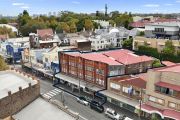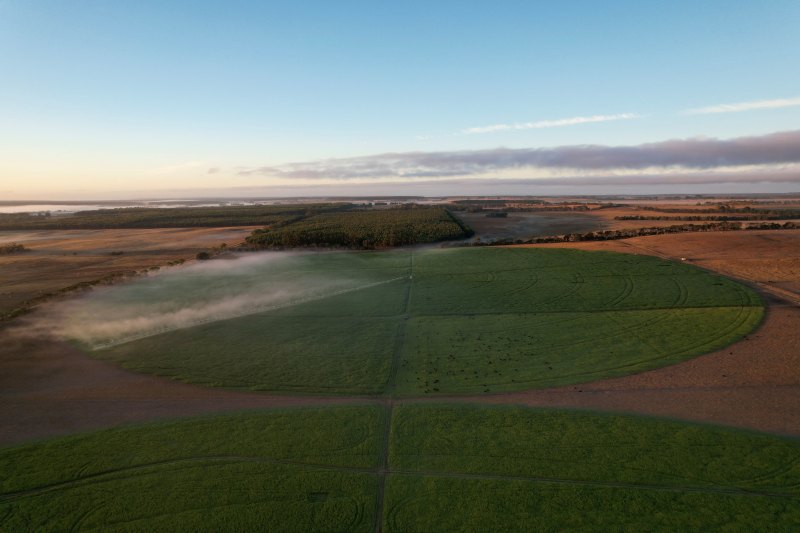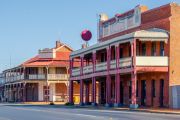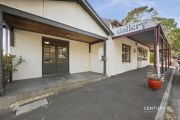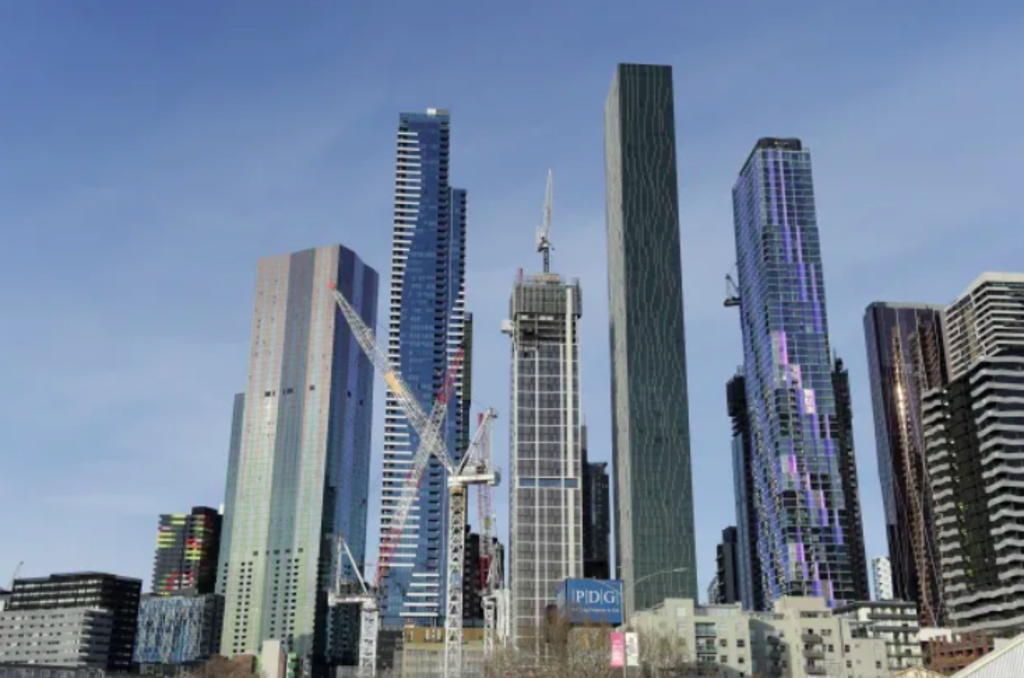
Why this real estate crisis is different to the GFC
Real estate crises happen with regularity but they are not all the same, nor are they equally severe.
Today’s crisis is a crisis of income. A decade ago, in the global financial crisis, it was a crisis of capital.
Which means that those waiting for a GFC-style property collapse – when Goodman Group stock changed hands at the equivalent of $1.25 a security in May 2009 – are like generals preparing to fight the last war.
During the GFC there was no money. Both equity and debt were severely rationed and priced accordingly. In fact the banks wanted their debt back.
Today there is plenty of equity and debt. The real question is about the sustainability of income.
Current income is under scrutiny as never before. The big question for REIT analysts at last month’s results was “How much rent did you actually collect?”
At the same time, COVID-19 is forcing investors to confront the structural changes that affect future income.
How much rent can retail tenants selling discretionary items actually pay? What increased incentives and capital expenditure will have to be paid? Will office tenants, buffered by recession, and with more staff working from home, continue to pay the rent they have been paying for CBD towers?
Today investors with money can, and increasingly will, price those risks in a way they could not in the GFC.
The Dexus Wholesale Property Fund has just sold the 452 Flinders Street tower in Melbourne for more than $450 million in what is a global benchmark deal, some 11 per cent above current book value, and at a yield of under 5 per cent.
Unloved sector
The buyer, the German heavyweight Deka Immobilien, advised once again by Richard Butler’s team at Cushman & Wakefield, priced in the full occupancy, the large number of government tenants, the relatively long weighted average lease expiry of more than six years, and the advantages of buying a tower next to one already owned.
Also in the midst of the pandemic Stockland sold two shopping centres, Stockland The Pines in Victoria and Stockland Caloundra on the Sunshine Coast, for more than $250 million on a yield of about 7 per cent through JLL. Such properties are in an unloved sector, and the price was a substantial discount to the $329.8 million at which the two were valued in June 2018.
Nevertheless Stockland found a buyer, the Sydney-based Haben Property Fund, which has a track record in this sector and for whom the properties represented large convenience retail centres, with strongly performing discount department stores, and on large parcels of land with mixed-use development opportunities.
Importantly, Haben is backed in the purchase by equity from sophisticated investors who had the money to price the risks against a pretty attractive geared initial yield of around 8 per cent.
In one way, the first months of the pandemic were like the GFC.
The volume of commercial property sales around the world in the June quarter was half that of 2019 according to commercial transaction research house Real Capital Analytics. In fact, the June quarter was the worst three months for sales since the nadir of the GFC in 2009.
Not surprisingly, hotel sales suffered the most, down 80 per cent, with retail down 60 per cent compared with 2019. Even the keenly sought logistics and warehouse sector dropped by 34 per cent.
But Real Capital Analytics, in its August report Capital Trends Global, Q2’20, saw some positives for the rest of 2020.
“Many major economies are reopening as lockdown restrictions are eased, albeit at varying speeds. There are signs that the number of deals taking place is starting to creep up and capital raising remains robust.”
Today’s graph, from JLL’s head of research in Australia, Andrew Ballantyne, points to the technical differences between the GFC and the COVID-19 crises.
Interest rates are so much lower than a decade ago. The BBB corporate bond yield, which Ballantyne uses as a proxy for property funding, is now in the low 2s compared to double digits in 2009.
And the spreads between property yields and finance costs are so much higher. In this case the spread between the national CBD office yield and the inflation-indexed bond rate is about 130 basis points higher than in 2007.
Ballantyne has also looked to Japan for guidance as to what happens to property yields in a crisis when the risk-free rate approaches zero. The answer, based on the Tokyo office tower experience during the GFC, is that yields stay firm, and don’t weaken, in such an environment.
However, Ballantyne warns that secondary property will see yields retreat. As is always the case in a crisis.
JLL has also surveyed investment leaders across the region about their challenges and intentions in a report titled Reimagining Asia Pacific Investment Strategies released last month.
Lack of capital is clearly not an issue. Instead, the biggest challenge is correctly pricing future acquisitions and determining assumptions such as vacancy rates and future rents.
The leaders expect better investment volumes in 2021, but lower returns, and more exposure to logistics, multi-family and alternative investments coupled with less exposure to retail.
In a similar vein, Cushman & Wakefield has noted five key focuses for investors.
To work with lenders to maintain debt levels and provide ammunition for new opportunities; to safeguard existing portfolio occupancy; to accelerate development in logistics and warehousing; to seek sale-and-leaseback opportunities; and to keep a focus on any price softening for pre-distressed assets or where owners need to rebalance.
Many of those issues will be discussed next Tuesday at The Australian Financial Review Property Summit 2020.
One keynote speaker, Charter Hall Group chief executive David Harrison, is leading the way on sale-and-leaseback opportunities, striking deals with Telstra, Ampol, Visy and BP since the arrival of the pandemic.
“Governments, education facilities, corporates are all going to pursue further sale and leasebacks so they can invest the capital in the operating businesses that they are actually set up to provide,” he says.

